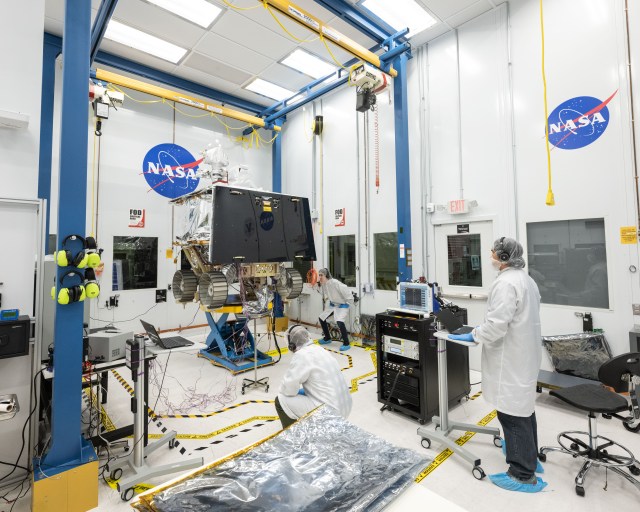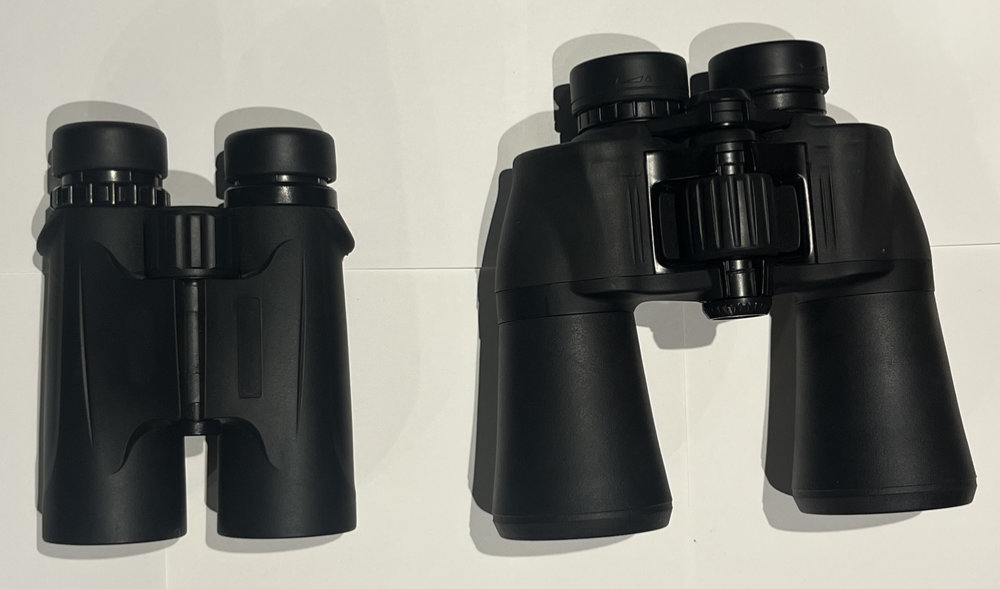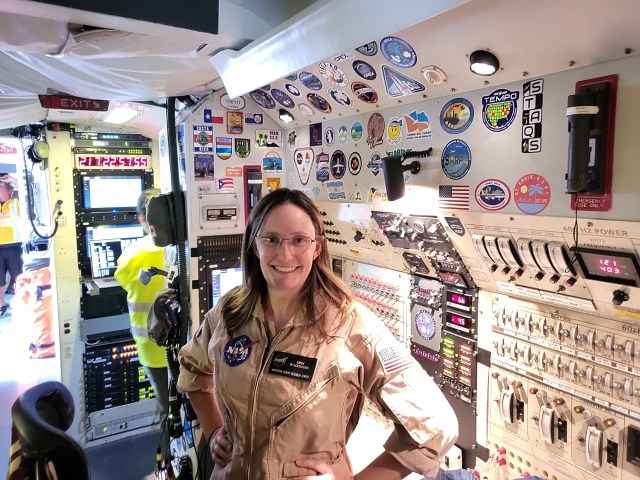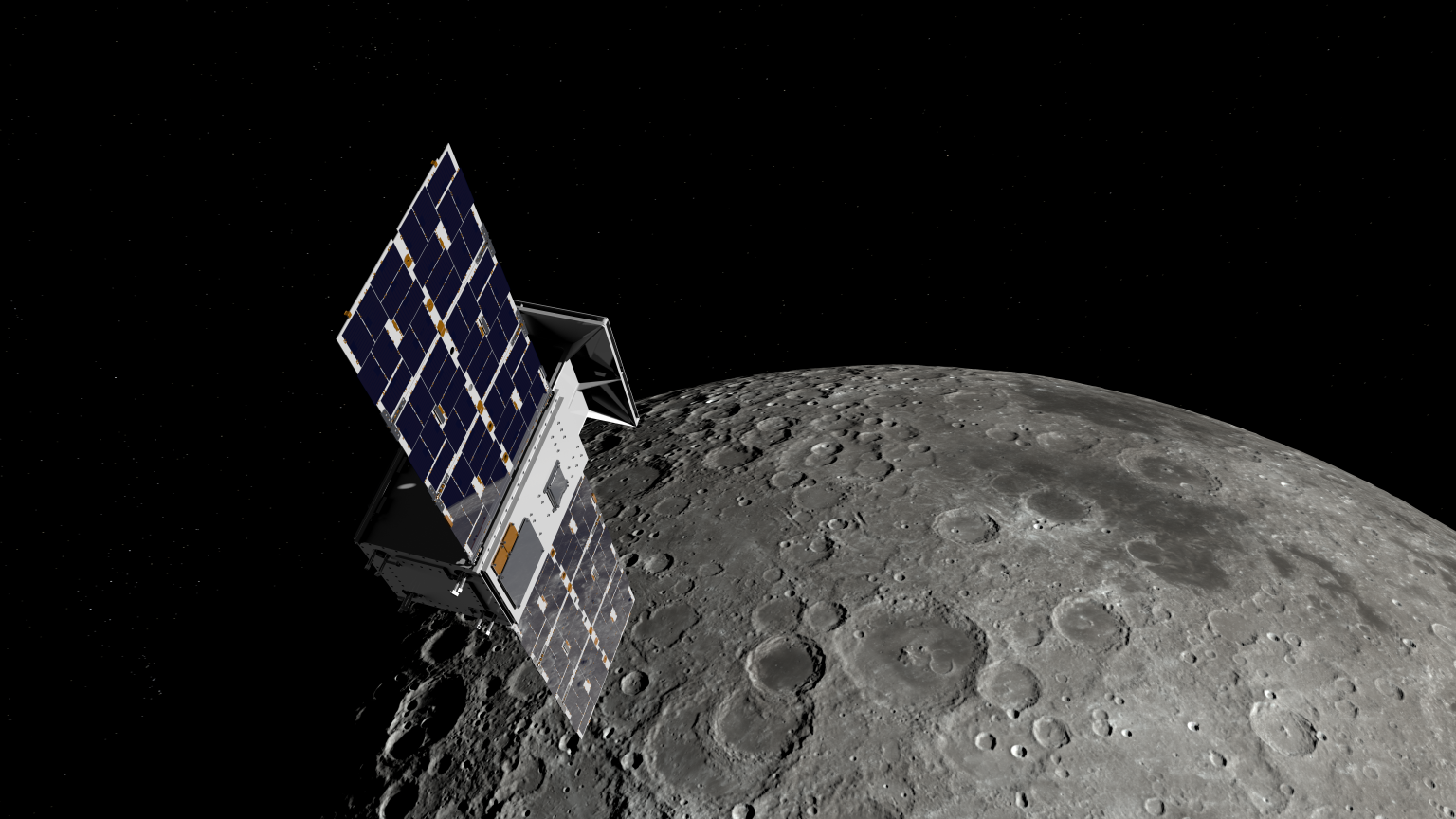Small Spacecraft Activities Around the Agency Archive
Highlights for August 2020
NASA’s Goddard Space Flight Center
NASA GSFC Software wins 2020 Software of the Year: Creating a Software “App Store” for Exploration and Science Missions.
The core Flight System (cFS) software framework is creating an “App Store” for space missions. Similar to frameworks like Google’s Android and Apple’s IOS, the cFS creates an open platform for collaboration, sharing, innovation, and commercialization. But unlike other frameworks, the cFS is written with the reliability and process rigor required for human spaceflight while also being scalable and accessible for student projects. The range of current and future cFS missions includes Artemis Gateway and the Orion crew capsule, spacesuits, Lunar orbiters and rovers, Earth orbiters, a Titan quadcopter, cubesats, terrestrial drones and autonomous vehicles. Essentially any embedded flight or ground system can use cFS and take advantage of the flight quality code base and an active open source community.
Projects can pick from a selection of existing processor platforms, operating systems, software tools, and applications to implement their mission, significantly reducing cost, risk, and schedule. Projects then focus on mission specific applications and can then chose to share any applications or updates back to the cFS open source community.
With the cFS, NASA has created a free open source software system that allows NASA centers, agencies, industry, academia, and international partners to collaborate and create interoperable systems to push the boundaries in exploration and science.
The cFS was developed by the Flight Software Systems Branch at NASA Goddard Space Flight Center and was first used by the Lunar Reconnaissance Orbiter (LRO), which launched in 2009. The cFS was used on subsequent Goddard missions such as the Magnetospheric Multiscale Mission (MMS), the Global Precipitation Measurement Mission (GPM), multiple International Space Station Experiments, and now it will be used in a range of Goddard SmallSats. Since the core components were open sourced in 2011, the use of cFS throughout NASA and the aerospace industry has been steadily growing. Most recently, the cFS was awarded the 2020 NASA Software of the Year Award.
NASA’s Kennedy Space Center / CubeSat Launch Initiative
Amid unprecedented challenges in 2020, NASA’s CubeSat Launch Initiative (CSLI) continues to blaze the trail to space for CubeSats! CSLI is actively working to assist numerous academic and agency CubeSat teams adversely affected by the COVID-19 pandemic by re-manifesting missions on alternate flights and identifying new flight opportunities altogether. Additionally, the CSLI team is gearing up for the 12th annual proposal solicitation cycle in August, where more CubeSat teams will be selected for a ride to space. Since inception of the Initiative in 2010, 108 CubeSats have been deployed into orbit. Read more about CSLI at the following links:
NASA’s Glenn Research Center
NASA’s Glenn Research Center is working with Deployable Space Systems (DSS) on an SBIR initiative to develop a 100-W deployable solar array for small spacecraft with higher power needs. The array uses a simple deployment mechanism and stiffeners to improve rigidity after deployment. Initial design and testing of a 3U-sized demonstrator is complete, and DSS will continuing work with NASA Glenn toward a flight-ready prototype and seeking launch opportunities.
NASA’s Johnson Space Center
SEEKER is a 3U CubeSat designed to be a demonstration of a free-flyer inspection satellite. It was deployed from a Cygnus spacecraft during the September 2019 NG-11 mission, and successfully demonstrated the capability to use its cold gas propulsion system to independently maneuver and image the carrier spacecraft. The spacecraft also took bearing measurements by identifying the Cygnus with a convolutional neural network and then used a traditional computer vision approach to centroid it.
NASA’s Jet Propulsion Lab
The research was carried out at the Jet Propulsion Laboratory, California Institute of Technology, under a contract with the National Aeronautics and Space Administration (80NM0018D0004).
JPL has been investigating CubeSats and SmallSats mission costs to develop models that can estimate and validate the costs of future missions early on in the formulation phase. This allows mission designers to better understand constraints and potential solutions to spur innovation in concept development.
JPL’s concurrent engineering team for CubeSats and SmallSats, Team Xc, introduced a new integrated modeling infrastructure to rapidly create mission concepts. These tools are used for Earth orbiting and Deep Space missions in Earth Science, Planetary Science, and Astrophysics.
The Sun Radio Interferometer Space Experiment (SunRISE) held it’s kickoff meeting with NASA June 4th and is rapidly building it’s team, working requirements, scheduling reviews and delivery milestones. SunRISE will be the first SmallSat-based low frequency radio interferometer in space and will consists of six identical 6U spacecraft in a supersynchronous orbit and will localize the radio emission associated with Sun’s coronal mass ejections (CMEs).
RainCube has officially been in operation for two years. RainCube had a baseline mission of 3 months (with an orbit life requirement of 6 months).
Lunar Flashlight is undergoing the final End-to-End Calibration Test.
PREFIRE is an Earth Venture Instrument investigation (PI Tristan L’Ecuyer, UW-Madison) – provides the first systematic measurements of the Earth’s far infrared emission spectrum at the poles.
ASTERIA is the first CubeSat to detect an exoplanet. Press release:





























